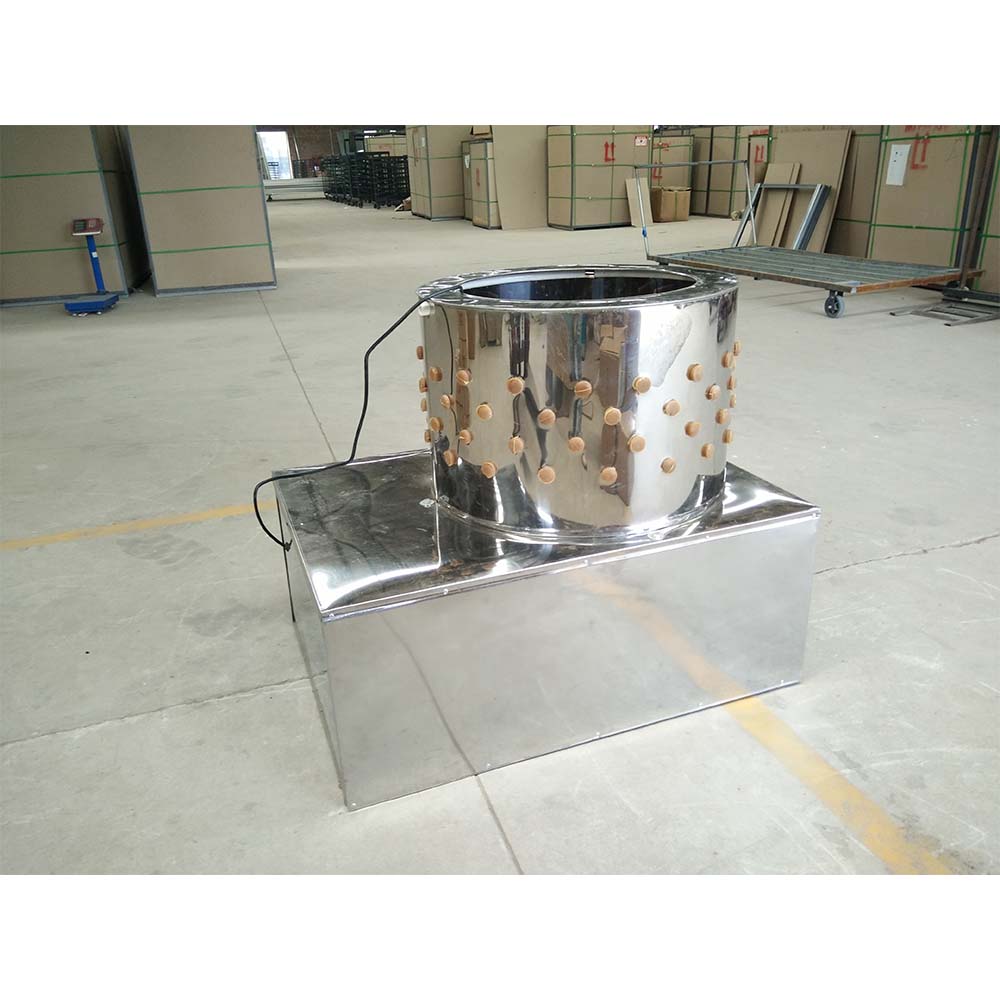High Temperature Exhaust Fans - Efficient Solutions for Extreme Environments
Sep . 16, 2024 21:00 Back to list
High Temperature Exhaust Fans - Efficient Solutions for Extreme Environments
High Temperature Exhaust Fans Essential Tools for Safety and Efficiency
High-temperature exhaust fans are critical components in industrial applications where heat management is of utmost importance. These robust fans are designed to operate effectively in environments where temperatures often exceed 100 degrees Celsius, making them essential for various industries such as manufacturing, food processing, and power generation.
High Temperature Exhaust Fans Essential Tools for Safety and Efficiency
High-temperature exhaust fans are engineered with advanced materials and technologies that allow them to withstand extreme environments. Typically constructed from heavy-duty materials such as stainless steel or specialized alloys, these fans can endure high levels of thermal stress without compromising their performance. Additionally, features like high-temperature bearings and specially designed motors enhance their durability and reliability, ensuring they can operate continuously without failure.
high temperature exhaust fans

Another major benefit of high-temperature exhaust fans is their role in enhancing indoor air quality. In environments such as bakeries or kitchens, where heat and moisture levels can be particularly high, these fans serve to remove stale air and odors, providing a healthier workplace for employees. By controlling humidity and ventilation, high-temperature exhaust fans help to create a safer and more comfortable atmosphere.
Energy efficiency is also a consideration in the design of high-temperature exhaust fans. With advancements in technology, many modern fans are equipped with variable speed drives (VSDs) that allow for adjustable fan speeds based on the specific ventilation needs of a facility. This adaptability not only reduces energy consumption but also lowers operational costs, making it an eco-friendly solution for organizations looking to minimize their carbon footprint.
Installation and maintenance of high-temperature exhaust fans are essential for ensuring their longevity and efficacy. Proper installation by qualified personnel ensures that the fans are positioned to maximize airflow and efficiency. Regular maintenance checks are also critical; this includes inspecting for wear and tear, cleaning components to prevent the accumulation of dust and debris, and verifying the functionality of control systems. Routine maintenance helps to avoid unexpected failures and maintains optimal performance over time.
In conclusion, high-temperature exhaust fans are indispensable in industrial settings where heat management is crucial. Their ability to handle extreme temperatures, improve air quality, and reduce energy consumption marks them as vital assets in various industries. As technology continues to advance, these fans will further enhance safety and efficiency, reflecting the growing commitment to creating better working environments. Investing in high-quality high-temperature exhaust fans is not merely a choice; it’s a necessary step towards operational excellence and worker safety.
-
Automatic Feeding Line System-Pan Feeder Nipple Drinker|Anping County Yize Metal Products Co., Ltd.
NewsJul.29,2025
-
Hot Sale 24 & 18 Door Rabbit Cages - Premium Breeding Solutions
NewsJul.25,2025
-
Automatic Feeding Line System Pan Feeder Nipple Drinker - Anping County Yize Metal Products Co., Ltd.
NewsJul.21,2025
-
Automatic Feeding Line System Pan Feeder Nipple Drinker - Anping County Yize Metal Products Co., Ltd.
NewsJul.21,2025
-
Automatic Feeding Line System - Anping Yize | Precision & Nipple
NewsJul.21,2025
-
Automatic Feeding Line System - Anping Yize | Precision & Nipple
NewsJul.21,2025






